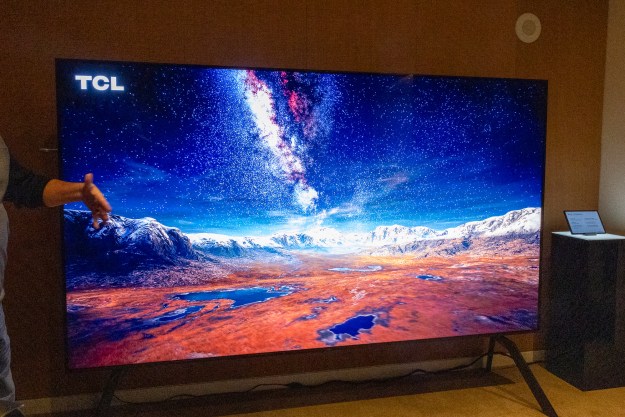
The events were streamed live and in 4K via the NeuLion Digital Platform and were delivered over-the-top exclusively to Sony 4K HDR Ultra HD TVs with integrated NeuLion
Univision Deportes Network (UDN) is the number one Spanish-language sports network in the world, and participated in this round of trials by producing the groundbreaking soccer event referenced above. The match took place at Marlins Park in Miami, Florida on February 10 and pitted Mexico against Senegal in an international friendly.
“Sony 4K HDR Ultra HD TVs are the logical choice for these
Recent months have brought quite a bit of news on the 4K sports front, as the NBA aired its first game in the format back in January — though it wasn’t streamed and was available only in the U.K. and Canada.
Hopefully, the momentum will continue and Mr. Nayyar’s “near future” timetable will hold true — there are a whole lot of rabid sports fans out there that are champing at the bit to watch their teams tilt with rival squads in glorious 4K.
Editors' Recommendations
- What we want to see from the next Apple TV 4K
- Samsung’s new 98-inch DU9000 4K TV is just $4,000. Can it beat TCL and Hisense?
- Vizio’s first 86-inch 4K TV is coming soon, for $999
- Belkin drops a $50 mount for iPhone video calls on Apple TV 4K
- If you don’t see CBS in 4K on YouTube TV, try this


